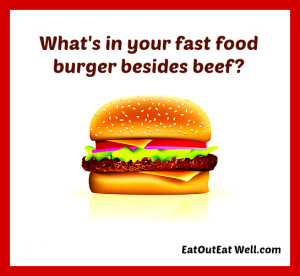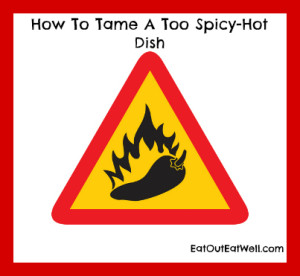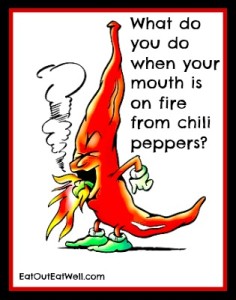1. Leave some space for the holiday specials, but, in general, aim to practice portion control with the higher calorie foods and pile your plate high with the lower calorie vegetables. When you take in more calories than your body needs and uses, you’ll gain weight.
2. Your body can handle a certain amount of “big meal” overeating (Thanksgiving, the occasional holiday party). The problems with the scale happen when poor choices and expanded portions become daily rather than occasional events. It’s difficult during the long holiday season not to indulge on large portions and frequent treats. Be attentive to what and how much you’re eating. Even a controlled portion of a holiday treat several times a week – or even everyday — is better than multiple large portions everyday from Thanksgiving through New Years.
3. Choose your food wisely. If you can, pick lean proteins like fish, poultry, and the least fatty cuts of pork, beef, and lamb that are grilled or broiled, not fried or sautéed. Load up on vegetables – preferably ones that are not smothered in cheese or dripping with oil. Eat your turkey without the skin.
4. Work on eating a larger portion of fruit and veggies and less of the densely caloric foods like pastas swimming in oil and cheese. Consider beans or eggs as your protein source. But beware: it’s easy to be fooled by fatty sauces and dressings on innocent looking vegetables. Vegetables are great. Veggies smothered with butter, cheese, croutons, and/or bacon are loaded with calories.
5. Leave the breadbasket at the other end of the table. If you absolutely must have bread, go without butter or oil. Harder breadsticks generally have fewer calories than the soft breads and rolls. One teeny pat of butter has 36 calories, a tablespoon has 102 and 99% of them are from fat. A tablespoon of oil has about 120 calories. Would you rather have the oil or butter or a cookie for dessert or another glass of wine? Which calories will be more satisfying?
6. Don’t eat all of the piecrust. You can save around 200 calories at dessert by leaving the piecrust sitting on the plate and nixing (or decreasing) ice cream toppings like hot fudge sauce and whipped cream.
7. Is a half enough? If you decide you really will feel totally deprived if you don’t indulge in one of those delicious baked goods, choose one without loads of thick buttery crumbs on top, cut it in half or in thirds and be satisfied with that amount. Put it on a separate small plate that you can easily push away from you. Keeping it on your main plate or even a smaller one that’s easily reachable means you’ll be nibbling away at it the entire time.
8. It’s the mindless calories that are probably the most dangerous. For some reason we don’t seem to mentally process all of those random nibbles and calories from the treats on the receptionist’s desk, the neighbor’s homemade peanut brittle, the office party holiday toasts, the second and third helpings, or the holiday cookies in the snack room. If the food is in front of you it’s hard not to indulge. See it = eat it.
9. Don’t skimp or skip meals. Feed yourself well. Your body needs good nutrition. If you skip meals to try to save up calories you’ll just end up (over)eating because you’re starving, your blood sugar will be in the basement, and your body will be screaming, “feed me.” When that happens, you head straight for the carbs right off the bat – and it’s almost always all downhill from there. Not a great tactic for your body or your mind – or for your general mood.




